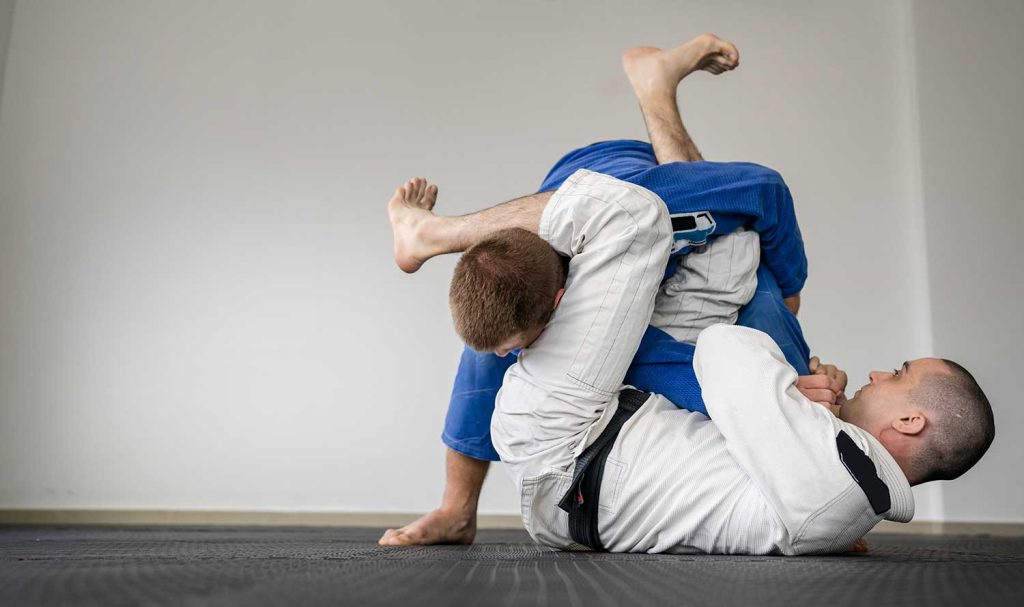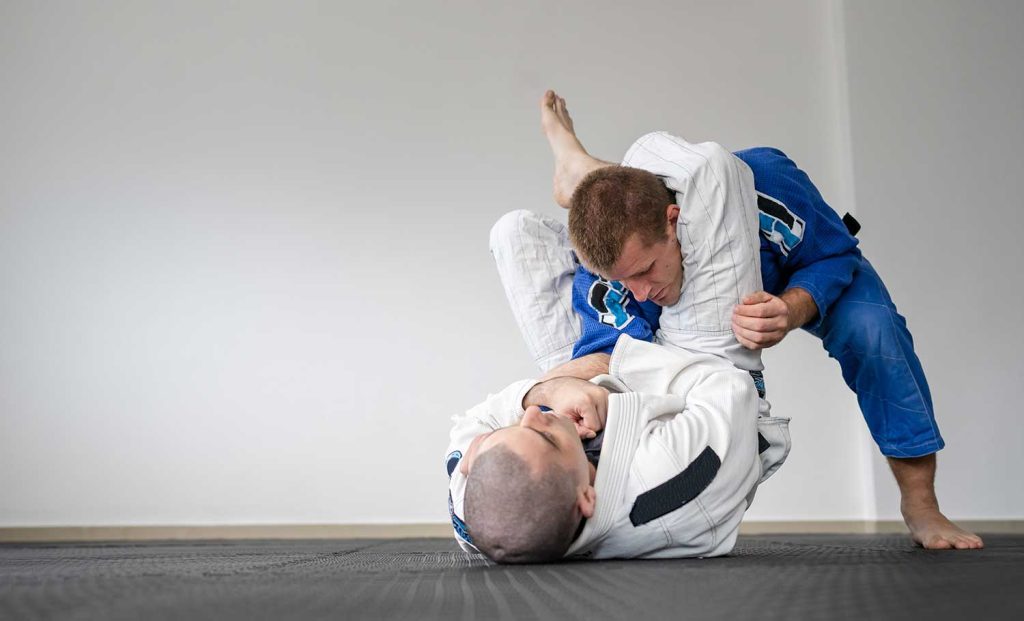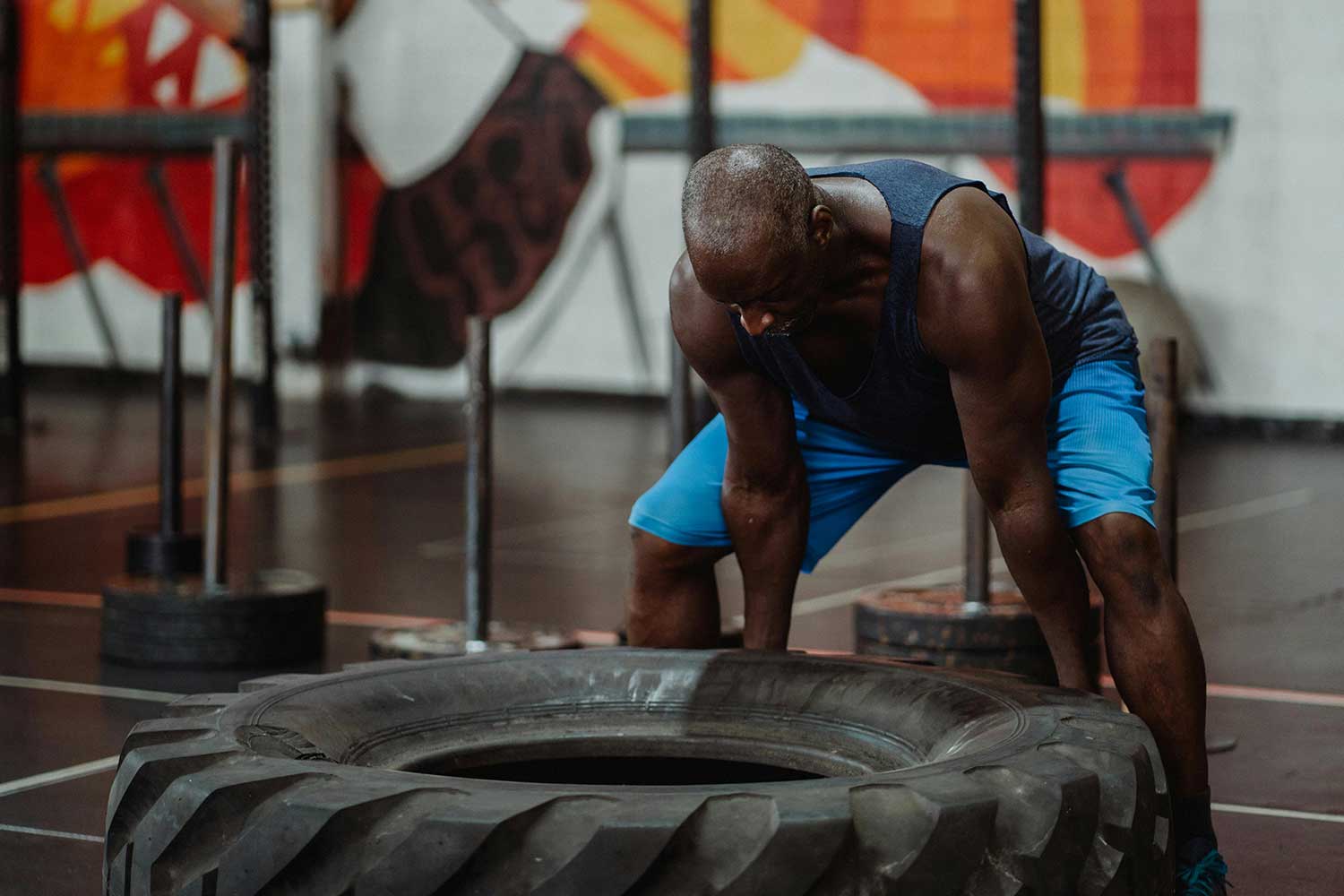Jiu-Jitsu is a never-ending adventure. I prefer an adventure over a journey. While most journeys are usually a distance of travel, an adventure is much more enjoyable. Adventures are generally exciting, unusual, and potentially dangerous. So, there’s quite the appeal that draws people to train Jiu-Jitsu. It’s mysterious; it’s potentially dangerous and very competitive.
That competitive drive pushes us to do better and go harder. The camaraderie between training partners helps us evolve physically and mentally. There’s nothing greater in this world than the bond of brotherhood. It’s what has led millions of men into battle to fight and die alongside each other. It is one of the purest displays of courage and loyalty. This can only be built through blood, sweat, and tears.
Important Aspects of Jiu-Jitsu
Today, I will elaborate on some aspects of fighting that are of utmost importance. I will start by stating that the style of Jiu-Jitsu I practice is not what you see on YouTube, social media, and TV. This is an all-encompassing martial art, much different from what you are used to seeing.
When most people think about Jiu-Jitsu, they think about two guys on the ground grappling for positions, points, and submissions over a set of rules that favor the dominant athlete. Although this is a great sport and way to practice, it’s a highly inefficient way to prepare for a real fight without referees, points, and soft mats.
Basic Tenets of Jiu-Jitsu
Our style is the original Jiu-Jitsu in its oldest and purest form, dating back to the Samurai a thousand years ago. It was only handed down by the family and warrior class of Japan. It even goes back to India and Egypt before that. Hieroglyphs found thousands of years ago show the practice of striking techniques, grappling, and joint locks.
Six Rules of Ground-Fighting
We are going to go over the basic tenets of fighting. These are called “The six rules of ground fighting.” Jiu-Jitsu has many aspects, such as striking, throwing, defense from surprise attacks, grappling, and nutrition. Here, we will review the grappling elements studied and improved in 1906. These are the six rules for ground fighting:
1. Never Turn Your Back
The first and most important rule is to never turn your back. You must never turn your back on your opponent in a fight, as this could be the last thing you do. Train in a way that builds muscle memory to be efficient and make no mistakes. The most deadly mistake can be turning your back on an enemy.
All the best grapplers, sport Jiu-Jitsu champions, and even MMA fighters do not practice this way. They are protected by rules, referees, and fair one-on-one rules. These rules and safety nets do not exist in battle. This is the proper and efficient way to train Jiu-Jitsu.
2. Use Legs, Not Arms
The second rule of ground fighting is to use your arms as little as possible and use your legs as much as possible. Some of the best Jiu-Jitsu practitioners have amazing leg dexterity and flexibility because the legs are your first line of defense in a grappling exchange or a ground fight.
Once an opponent has passed your legs, your arms are your second line of defense. This is a basic and simple method for developing great Jiu-Jitsu skills and techniques. Almost every ground technique begins with the placement of your legs, and then the hands and arms come secondary. This is the best way to develop great defense and offense from the ground.
3. Don’t Rely on Strength
The third rule of ground fighting is to avoid using strength. Some of the best fighters and Jiu-Jitsu practitioners are not ripped and full of muscle but quite the opposite. They rely on technique, timing, leverage, and endurance, which are the most important fighting skills.
This is why we see small guys able to defeat bigger and stronger opponents using skills like technique, leverage, timing, and endurance to exhaust and fatigue their opponents when they make a tactical error. This always happens, but you must have the defense and endurance to do so. Remember that the more muscle and size you have, the quicker you will fatigue and exhaust your muscles due to the buildup of lactic acid.
4. Use Your Head – Literally
The fourth rule of ground fighting is using your head like a hand or a foot and being ready to tuck it in tightly at any attack on your neck. Using a fifth limb is like what Rickson Gracie would call invisible Jiu-Jitsu. It’s one of the unseen advantages of Jiu-Jitsu.
Knowing when to use your head to post on the ground like a hand for base and support is game-changing for your offense. And knowing when to retract it to protect your neck from chokes and strangulations is key to having a great defense. There are many times when you can expose your head and neck and get an injury.
Unfortunately, this happened to me during my early years of training. I’ve had to learn the hard way through injuries and immense pain in my neck. You only have one head and neck, and they control how your body can move and function, so it is of the utmost importance to practice this philosophy and keep yourself away from serious injuries like mine.
5. Proper Leg Use
The fifth rule of ground fighting is to get your knees between yourself and your opponent or get your legs around him. There are so many ways to lose a fight or get hurt while someone is on top of you trying to punch, elbow, and kick you. Knowing how to use your knees as a frame and barrier against your opponent’s body is key.

It creates just enough space to keep you safe from strikes but close enough to control someone on top in offense. If it’s too much or getting too violent and you can no longer use your knees to defend, then using your guard “legs around the opponent” is the second best option.
Using your knees makes it much easier to stand up or get to your feet, but it requires a few more steps from the guard, who has “legs wrapped around the opponent.” In Jiu-Jitsu, there are pros and cons to almost every move and strategy.
The pros of having your opponent in your guard are that you have many more submission options at your disposal, like joint locks, chokes, punches, and elbows. Using a knee should limit you to strikes and submissions. Knowing when and how to use both efficiently to your advantage is key to surviving a ground assault or grappling battle.
6. Counter Your Opponent – Defense
Lastly, the sixth rule is very simple and basic: Avoid your opponent doing the same to you. Like most people, when I first got into Jiu-Jitsu, I saw the first UFCs in the mid-90s. The fights were martial arts against other martial arts styles to see who was the best martial artist and which was the best martial art. Royce Gracie fought to represent his family and his style of Jiu-Jitsu.
He was so successful being a smaller guy, beating all the biggest, baddest, and scariest guys in the world. He showed the world that Jiu-Jitsu was the closest thing humans could get to having superpowers. This Jiu-Jitsu was a deadly weapon used for combat and battle, which had been passed on secretly over the years. Nobody knew what it was and how a small, skinny man could beat the world’s best and biggest martial artists, from heavyweight boxers to heavyweight wrestlers and even 400+ lb sumo wrestlers.
The key to this was making sure your opponent can not do to you what you are doing to him. This required impeccable defense and the use of technique, leverage, and timing over everyone else’s brute strength and athleticism. This paved the way for modern martial arts, and millions of martial artists would adopt this fighting style.
Royce Gracie was the world martial arts champion multiple times and always defended his family’s name. It was only after years of competing that people started to learn these techniques and utilize them in their fights.
Unfortunately, the sixth rule was about to be personified through a famous fight between Royce Gracie and Matt Hughes. Matt Hughes was a middleweight powerhouse fighter with great wrestling and now basic Jiu-Jitsu skills. When they fought, it showed the world that Jiu-Jitsu was still the best martial art. However, Matt Hughes was much stronger and more athletic, and now he had learned enough Jiu-Jitsu to impose his will on the legend Royce Gracie.
Royce tried his hardest, but his strength, age, and skills could not overcome those of Matt Hughes. This fight was a perfect example of the sixth rule. Unfortunately, Royce Gracie could not avoid his opponent doing the same to him.
Retrospective
In closing, I will share a story from my training and interactions with fellow martial artists. One day, I got into an argument with a much higher-ranked practitioner when I was still a beginner. His ego would not let him admit when he was wrong. He insisted that there would be an equal outcome of 2 fighters at the exact same skill level but with a size difference.
I explained to him that if you have two fighters at the same skill level, but one is small and the other is bigger and stronger, the bigger one would obviously win or at least have a bigger advantage. I said, “No problem, let’s ask the professor.” The professor came over and immediately agreed with me on the matter.
This is human chess we are playing, and the bigger man will almost always win, having the odds in his favor. One of the best examples was an exhibition fight between the lightweight world champion and the heavyweight world champion.
As you can imagine, the heavyweight fighter destroyed the lightweight fighter with ease but also with respect so as not to hurt him. There are so many aspects and rabbit holes that can be followed in this adventure to practice and study martial arts and the philosophy behind them. I hope this finds you well and can help you on your way to self-defense and martial arts enlightenment.



